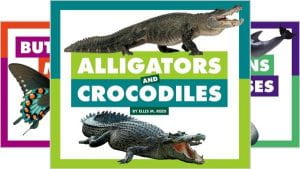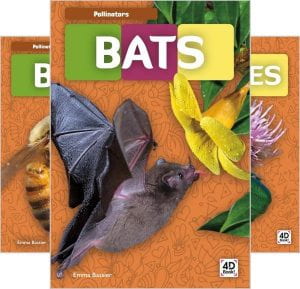 Pryor, Katherine. Home is Calling: The Journey of the Monarch Butterfly. Worthy Kids, 2023. 978-1-546-00313-7. $17.99. 40 p. Grades K-3.
Pryor, Katherine. Home is Calling: The Journey of the Monarch Butterfly. Worthy Kids, 2023. 978-1-546-00313-7. $17.99. 40 p. Grades K-3.
Every year as fall descends on North America, monarch butterflies migrate to their winter home in Mexico. Though this generation of butterflies has never been to Mexico, they instinctively know the path toward their mountain forest winter-home. The monarchs’ journey is detailed in this gentle nonfiction picture book. As the butterflies head south they encounter difficulties including bad weather and stretches of green where no nourishing flowers exist. Some individual butterflies do not make it to their final destination. When the swarm arrives they expect to find a forest, but the trees have been stripped. In the distance the monarchs spot a flicker of orange in a grove of trees and recognize they have found their ancestral home. The butterflies will be safe here until the next generation of monarchs begin the first leg of the journey north in the spring. Bright and beautiful illustrations by Ellie Peterson depict the 3,000 mile journey with incredible detail. End pages include drawings of the anatomy and life cycle of a butterfly, as well as a map of the migration path. Also included are child-friendly explanations of the threats faced by the monarch population and ways to get involved to help save the monarchs and their habitats.
THOUGHTS: The simple yet detailed explanation of the migratory pattern of monarch butterflies will be appealing to younger elementary aged students.
595.78 Moths and Butterflies


